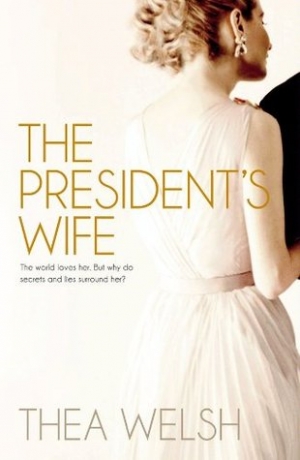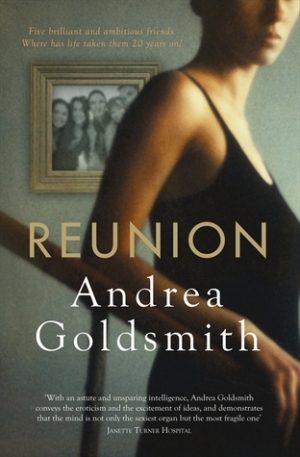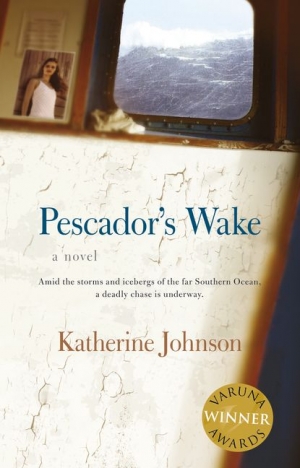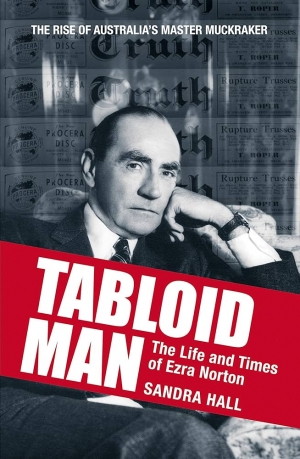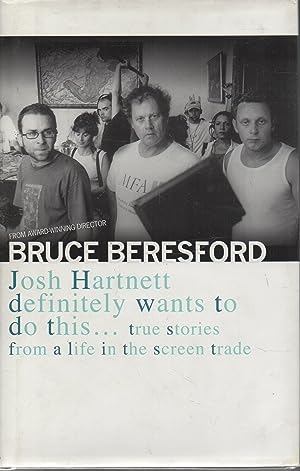Fourth Estate
The mystique of the Roman Catholic Church has been thoroughly exploited by the likes of Dan Brown and writers of the medieval monastic murder mysteries that gained a certain popularity following the English publication of Umberto Eco’s The Name of the Rose in 1983. Carmel Bird’s latest book contains a mystery, though not a murder. It is set mostly in 2001, but monks, convents, rosaries, black madonnas, and miracles fill the pages of The Child of Twilight, along with artificial insemination and air travel.
Sydney Peony Kent, the narrator, is the product of assisted reproductive technology, both of her genetic forbears being anonymous donors; her parents, habitually and oddly bundled together as ‘Avila/Barnaby’, are infertile. Sydney has a couple of imaginary friends, a Mexican nanny, and a collection of snow globes containing black virgins. And she writes novels.
... (read more)Judith Armstrong reviews 'The President's Wife' by Thea Welsh
It is surprising how many people seem to think that reviewers read only the first and last chapters of books to which they will devote several hundred words of critique. They look sceptical when informed that critics read every word of, and often go beyond, the featured book, searching out earlier works by the same author or books on the same subject by other writers. Thea Welsh being previously unknown to me, I have now read one of her earlier novels, and a memoir, but not her prize-winning first novel, The Story of the Year 1912 in the Village of Elza Darzins (1990).
The memoir, The Cat Who Looked at the Sky: A memoir (2003), was about ‘three cats, two households and the great truths of life’, according to the blurb. It does not appear to have much in common with Welsh’s new novel, The President’s Wife: Welcome Back (1995), however, was very relevant. Briefly, the novel is about Janey, an upwardly mobile Sydney woman who harnesses fierce ambition to more than one stroke of luck in her pursuit of a cherished goal. This is to become president of the charity committee that puts on Sydney’s social event of the year, the élite and glamorous Goldfish Ball. Although Janey is considered ‘too young’ and inexperienced, she is nevertheless successful. Her apotheosis occurs on the night to which all her efforts have been bent: seated on an elevated ‘throne-like chair’, she is ‘happily aware that she looked quite imperial in her emerald-and-pearl necklace and her green taffeta evening-gown’.
... (read more)What’s the use,’ asks Alice before wandering away from her uncommunicative sister, ‘of a book without pictures or conversations?’ Grown-up readers can probably manage without the former, but it is unusual to find a novel with as little dialogue in it as Andrea Goldsmith’s Reunion, or one that so deliberately ignores the common injunction ‘Show, don’t tell.’
Yet Goldsmith has several books to her credit, including The Prosperous Thief, which was shortlisted for the Miles Franklin Literary Award in 2002, and for several years taught creative writing at Deakin University. Presumably she knows what she is doing. In point of fact, not only does this flouting of conventional rules come over as quite refreshing, it is in any case justified by the demands of the narrative.
... (read more)This novel is Sonia Orchard’s second book, published six years after her first, the compelling and intimate memoir Something More Wonderful (2003). For those who read the memoir – the harrowing story of her thirty-one-year-old friend’s battle with cancer – The Virtuoso may come as a surprise. Orchard has abandoned her own assured voice for that of a fictional and unreliable narrator, a young Englishman besotted with a concert pianist, slightly older than himself. The milieu is an eccentric circle of musicians and writers in 1940s London. If there is any similarity between Orchard’s memoir and her novel, it is the narrator’s stance as the observer, with a beloved and idealised friend at centre stage.
... (read more)Katherine Johnson’s first novel, Pescador’s Wake, is a well-paced account of the pursuit of a Uruguayan vessel that has been fishing illegally for Patagonian toothfish in Australian territorial waters south of Heard Island. What follows is a stern chase. The Pescador is followed across thousands of nautical miles by another fishing boat, the Australis (from Hobart), which for six months of the year is chartered by the Australian Maritime Safety Authority to deter fish poachers. Johnson’s narrative cuts between action on the two vessels, hauling gales in waters near Antarctica, and more muted domestic dramas in Uruguay and Australia.
... (read more)Kerryn Goldsworthy reviews 'Stella Miles Franklin: A biography' by Jill Roe
In December 1982, publisher Richard Walsh commissioned a ‘life and times of Miles Franklin’ from historian Jill Roe. The book ‘has been a long time coming’, says Roe, ‘due to other commitments and responsibilities, and because of the extent of previously unexamined source material.’ That source material – letters, articles, unpublished manuscripts, journals – exists in quantities that can be inferred from Roe’s comment near the end of the book, where she is describing Franklin’s final illness: that ‘from 1 January 1909 to 1 January 1954, there is some kind of record of what Miles Franklin was doing on virtually every day of her life.’
... (read more)Bridget Griffen-Foley reviews ‘Tabloid Man: The Life and Times of Ezra Norton’ by Sandra Hall
Phillip Knightley, Murray Sayle and other authors of the Daily Mirror’s historical feature used to relish their days sitting in the Sydney ‘public library’ researching and writing pieces on rape, pillage, sexual betrayal and murder most foul. Decades later, in the early 1990s, I began spending days sitting in what had become the State Library of New South Wales wading through yellowing copies of Sydney’s tabloid press. On one such day in the late 1990s, I stumbled across a card in a catalogue for an index to the Daily Mirror’s muckraking stablemate, Truth. The discovery or creation of a new newspaper index is always a thrill for media historians. I immediately submitted a call slip for the index, and up came a hefty ledger of alphabetical references to Truth for the late 1920s. Lodging more call slips, I ended up surrounded by ledgers ranging from 1925 to 1947. They were all handwritten, and presumably laboriously compiled by a librarian at Ezra Norton’s company, Truth & Sportsman Ltd. Who knows what went through the librarian’s mind as he or she indexed stories of divorce, rape, incest, prostitution, white slavery and cocaine rackets covered by one of Australia’s most notorious newspapers.
... (read more)Amongst Holocaust accounts, literature and writing, there have emerged four distinctly identifiable forms: the academic historical text, exemplified by historians such as Martin Gilbert and Philip Friedman; literature, by writers such as Eli Wiesel and Primo Levi; the allegorical tale, such as Markus Zusak’s The Book Thief (2005), Karen Hesse’s The Cats in Krasinski Square (2004), and Art Spiegelman’s Maus: A Survivor’s Tale (1986); and the anecdotal account, such as this book by Sabina Wolanski, Destined to Live: One Woman’s War, Life, Loves Remembered.
... (read more)This memoir moves through points of intensity in Kate Llewellyn’s life, from an idyllic childhood at Tumby Bay on the Eyre Peninsula in the 1940s through to her leaving Adelaide to make a new life in Sydney in the 1980s. By this time she is a recognised poet, but her life is in turmoil. The book does not set out to tell a success story; rather, it describes that uneven movement from childhood innocence through adult experience, with all naïveté, self-delusion, idealism, and hard-learned lessons. It is quintessentially a poet’s book, its stories heightened by arresting images, its movement circling rather than linear.
... (read more)Peter Craven reviews ‘Josh Hartnett Definitely Wants to Do This: True stories from a life in the screen trade’ by Bruce Beresford
Bruce Beresford has left a greater imprint on the national sensibility than most people might think. From The Adventures of Barry McKenzie (1972) through The Getting of Wisdom (1977) and Breaker Morant (1980), he has demonstrated a virtuoso ability to dramatise Australianness, classic and modern. His films Don’s Party (1976) and The Club (1980) mean that we are never likely to forget the idiom in which David Williamson first represented us, because Beresford has made it part of the cinematic argot of the country; a new production of a play is automatically measured by how much the actors stand up to the classic performances of Graeme Kennedy or Ray Barrett or John Hargreaves in Beresford’s vision of the plays.
... (read more)

